
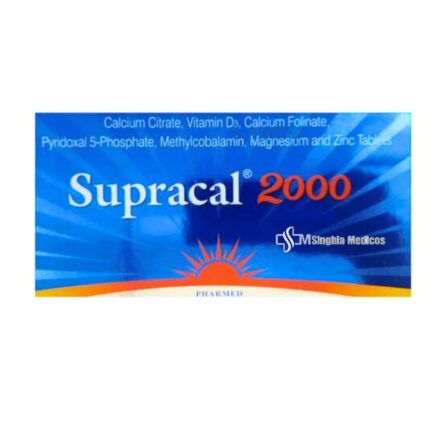
Tacvido Forte Oral Gel
₹690.00 Original price was: ₹690.00.₹621.00Current price is: ₹621.00.
![]() Prescription Required
Prescription Required
Salt : Tacrolimus (0.1% w/v)
Manufacturer : Mohrish Pharmaceuticals
Packing : 25 ml in 1 bottle
Product Introduction
Tacvido Forte Oral Gel is a topical medication used primarily for oral health conditions. This formulation contains tacrolimus, an immunosuppressant commonly used in dermatology and dentistry to manage various inflammatory and autoimmune conditions. Tacrolimus works by modulating the immune response, which helps reduce inflammation and prevent tissue damage. Tacvido Forte Oral Gel is designed to be applied directly to the affected areas inside the mouth, allowing for targeted treatment with minimal systemic absorption.
The gel formulation is particularly beneficial for oral use, as it adheres well to the mucosal surfaces, providing a longer duration of action and reducing the frequency of application. Tacvido Forte Oral Gel is typically available in different strengths, with the Forte designation indicating a higher concentration of the active ingredient, making it suitable for more severe conditions.
Uses of Tacvido Forte Oral Gel
Tacvido Forte Oral Gel is prescribed for a variety of oral conditions, including:
- Oral Lichen Planus: This is a chronic inflammatory condition that affects the mucous membranes inside the mouth, leading to painful sores and lesions. Tacvido Forte Oral Gel helps to reduce the inflammation and alleviate symptoms.
- Aphthous Stomatitis (Canker Sores): These are small, painful ulcers that occur inside the mouth. The gel helps to speed up the healing process and reduce discomfort.
- Mucous Membrane Pemphigoid: An autoimmune disorder that causes blistering and scarring of the mucous membranes, including those in the mouth. Tacvido Forte Oral Gel can help manage symptoms and prevent flare-ups.
- Gingivitis and Periodontitis: Inflammatory conditions of the gums that can lead to severe dental issues if left untreated. The gel helps to reduce gum inflammation and promote healing.
Benefits of Tacvido Forte Oral Gel
- Targeted Application: The gel can be applied directly to the affected areas in the mouth, ensuring that the medication is delivered precisely where it is needed most.
- Reduced Systemic Absorption: Because the gel is used topically, it minimizes the amount of medication that enters the bloodstream, thereby reducing the risk of systemic side effects.
- Effective Inflammation Control: Tacrolimus is a potent immunosuppressant that effectively reduces inflammation and modulates the immune response, providing relief from painful and chronic oral conditions.
- Improved Oral Health: By managing conditions like gingivitis and periodontitis, Tacvido Forte Oral Gel can help maintain overall oral health and prevent complications such as tooth loss.
- Convenient Formulation: The gel is easy to apply and adheres well to mucosal surfaces, providing prolonged relief with less frequent applications.
4. Side Effects of Tacvido Forte Oral Gel
Like any medication, Tacvido Forte Oral Gel can cause side effects, although not everyone will experience them. Some of the potential side effects include:
- Local Irritation: Some users may experience a burning or stinging sensation at the site of application. This is usually mild and temporary.
- Altered Taste: The gel can sometimes cause changes in taste perception, which can be bothersome for some patients.
- Increased Risk of Infections: As an immunosuppressant, tacrolimus can increase the risk of infections, particularly fungal infections in the mouth.
- Allergic Reactions: In rare cases, individuals may develop an allergic reaction to the medication, characterized by symptoms such as rash, itching, swelling, dizziness, and difficulty breathing. Immediate medical attention should be sought if these occur.
- Systemic Absorption Effects: Although rare due to the topical nature of the gel, systemic absorption can still occur, potentially leading to side effects such as headache, nausea, increased blood pressure, and kidney function changes.
References
-
Burkhart C, Morrell D, Goldsmith L. Dermatological Pharmacology. In: Brunton LL, Chabner BA, Knollmann BC, editors. Goodman & Gilman’s: The Pharmacological Basis of Therapeutics. 12th ed. New York, New York: McGraw-Hill Medical; 2011. p. 1822.
-
Lake DF, Briggs AD, Akporiaye ET. Immunopharmacology. In: Katzung BG, Masters SB, Trevor AJ, editors. Basic and Clinical Pharmacology. 11th ed. New Delhi, India: Tata McGraw Hill Education Private Limited; 2009. p. 972.
-
Briggs GG, Freeman RK, editors. A Reference Guide to Fetal and Neonatal Risk: Drugs in Pregnancy and Lactation. 10th ed. Philadelphia, PA: Wolters Kluwer Health; 2015. pp. 1305-309.
Disclaimer
Singhla Medicos primary intention is to ensure that its consumers get information that is reviewed by experts, accurate and trustworthy. The information and contents of this website are for informational purposes only. They are not intended to be a substitute for professional medical advice, diagnosis, or treatment. Please seek the advice of your doctor and discuss all your queries related to any disease or medicine. Do not disregard professional medical advice or delay in seeking it because of something you have read on Singhla Medicos. Our mission is to support, not replace, the doctor-patient relationship.
Shipping Policy
We ship across India. Note – this is subject to change as per Company Wishes. Packages will be shipped in 24 working hours. we are closed on Sundays and will reach you in the next 2-4 days post shipping. We give the estimated time of delivery on the shipping page. However, these are indicative and depend on our shipping partner.
Delivery
The delivery times are subject to location, distance, and our logistics partners. We are not liable for any delays in delivery by the courier company/postal authorities but will help you track down a package through our partner courier services.
Your purchases may reach you from various locations in more than one package. But rest assured, you will be charged one delivery fee for the entire order. As soon as your package ships, we will email you your package tracking information.
We are bound in coverage by their reach even though we use some of India’s largest logistics companies for shipping. In case your address is in a location not served by them we would contact you to find an alternative solution to make your products reach you.





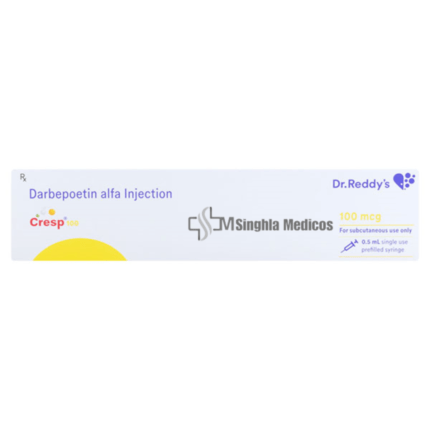

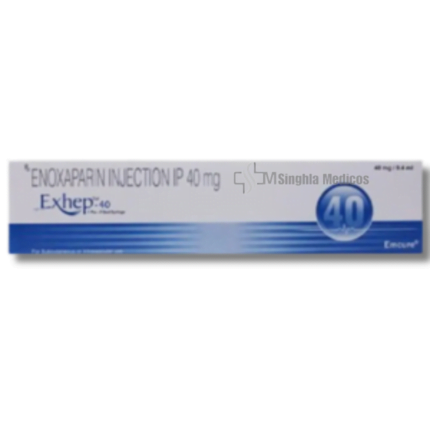


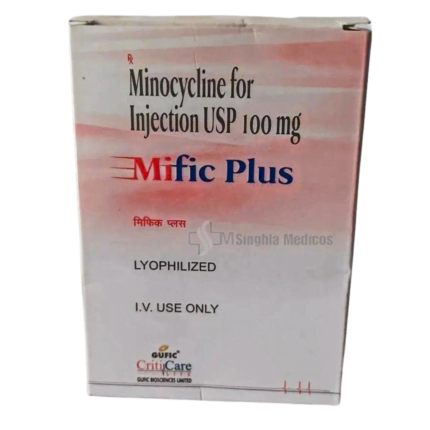
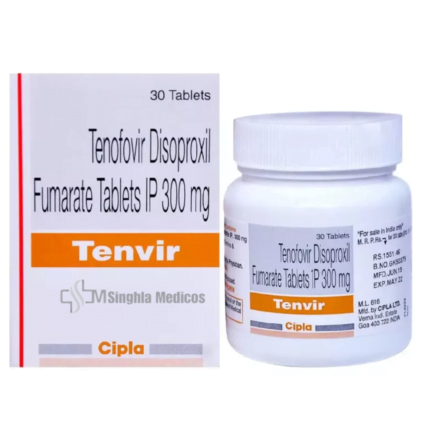
Reviews
There are no reviews yet.